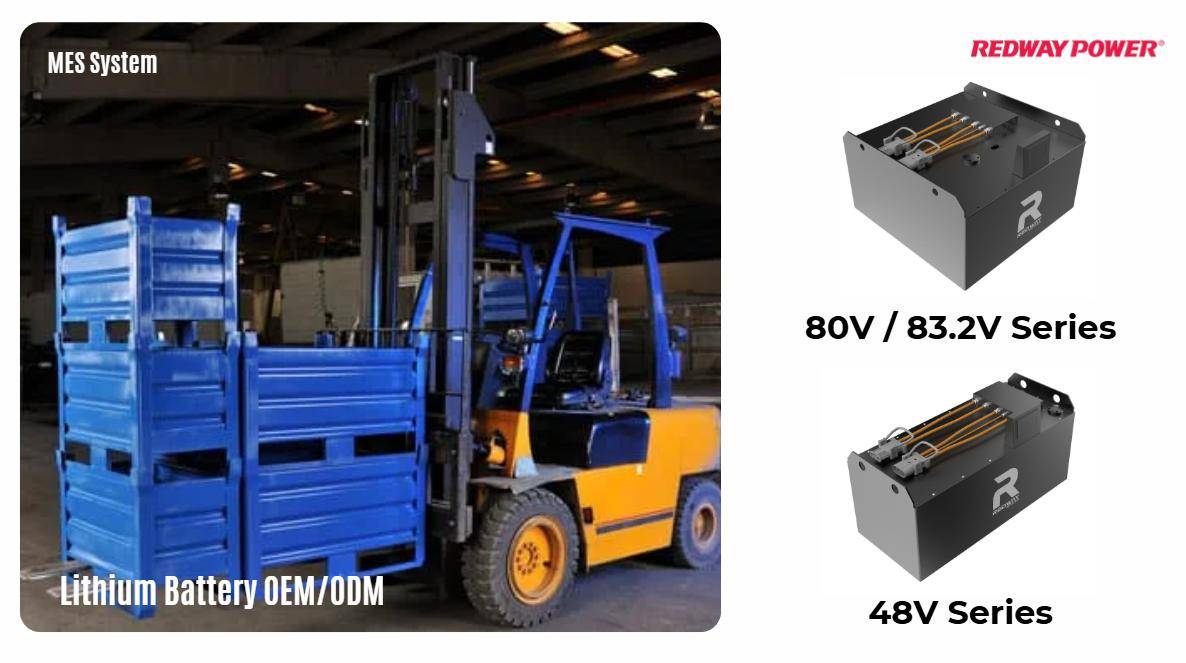
Blog
How Can Businesses Optimize Lithium Battery Use in Electric Forklifts?

Optimizing lithium battery use in electric forklifts involves understanding compatibility factors, effectively integrating battery systems, retrofitting older equipment, exploring hybrid systems, and addressing compatibility issues between chargers and batteries. These strategies can enhance operational efficiency and reduce costs.
What Are the Compatibility Factors for Lithium Batteries with Electric Forklifts?
Compatibility factors for lithium batteries with electric forklifts include voltage requirements, physical dimensions, weight considerations, and connection types. Ensuring that these parameters align is crucial for safe and efficient operation.Chart Title: Compatibility Factors
| Factor | Description |
|---|---|
| Voltage Requirements | Must match forklift specifications |
| Physical Dimensions | Should fit within existing battery compartments |
| Weight Considerations | Must not exceed forklift weight limits |
| Connection Types | Should align with existing electrical connections |
How Can Businesses Effectively Integrate Battery Systems with Existing Equipment?
To effectively integrate lithium battery systems into existing equipment, businesses should conduct a thorough assessment of current systems, plan the integration process carefully, procure compatible batteries, and ensure proper installation.Chart Title: Steps for Effective Integration
| Step | Description |
|---|---|
| Assessment | Evaluate current equipment capabilities |
| Planning | Develop a timeline and budget |
| Procurement | Acquire compatible lithium batteries |
| Installation | Follow manufacturer guidelines for setup |
What Steps Are Involved in Retrofitting Older Forklifts with New Battery Technology?
Retrofitting older forklifts involves assessing compatibility, modifying existing systems if necessary, installing new lithium batteries, and testing performance to ensure optimal functionality.Chart Title: Retrofitting Steps
| Step | Description |
|---|---|
| Compatibility Assessment | Determine if modifications are needed |
| System Modifications | Adjust forklift components as necessary |
| Installation | Install new battery technology |
| Performance Testing | Verify functionality post-retrofit |
What Are the Advantages of Hybrid Systems for Forklifts and Batteries?
Hybrid systems that combine lithium batteries with other power sources can enhance efficiency by providing additional power when needed, reducing downtime during charging, and improving overall operational flexibility.Chart Title: Advantages of Hybrid Systems
| Advantage | Description |
|---|---|
| Enhanced Efficiency | Provides extra power during peak demand |
| Reduced Downtime | Allows quick refueling options |
| Operational Flexibility | Adapts to various operational needs |
What Compatibility Issues May Arise Between Chargers and Batteries?
Compatibility issues between chargers and batteries can stem from mismatched voltage levels, incorrect connector types, or lack of communication protocols between devices. Addressing these issues is essential to ensure safe charging practices.Chart Title: Common Compatibility Issues
| Issue | Description |
|---|---|
| Mismatched Voltage Levels | Can lead to inefficient charging or damage |
| Incorrect Connector Types | May prevent proper connection |
| Lack of Communication Protocols | Can hinder data exchange during charging |
Expert Views
“Ensuring compatibility between lithium batteries and electric forklifts is vital; it not only enhances performance but also ensures safety across operations.” – Expert from Redway.
Conclusion
Optimizing the use of lithium batteries in electric forklifts requires careful consideration of compatibility factors, effective integration processes, retrofitting older models, exploring hybrid systems, and addressing charger compatibility issues. By following these strategies, businesses can enhance their operational efficiency while maximizing the benefits offered by advanced battery technologies.
FAQ Section
- What are the compatibility factors for lithium batteries with electric forklifts?
Compatibility factors include voltage requirements, physical dimensions, weight considerations, and connection types that must align for safe operation. - How can businesses effectively integrate battery systems with existing equipment?
Businesses should assess current systems, plan integration carefully, procure compatible batteries, and ensure proper installation according to manufacturer guidelines. - What steps are involved in retrofitting older forklifts with new battery technology?
Retrofitting involves assessing compatibility, modifying existing systems if needed, installing new lithium batteries, and testing performance post-installation. - What are the advantages of hybrid systems for forklifts and batteries?
Hybrid systems enhance efficiency by providing additional power when needed, reducing downtime during charging, and improving operational flexibility. - What compatibility issues may arise between chargers and batteries?
Common issues include mismatched voltage levels, incorrect connector types, or lack of communication protocols which can hinder safe charging practices.



